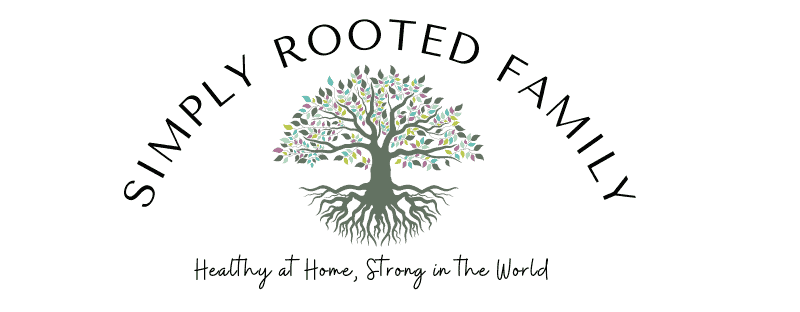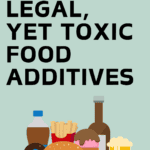Looking for a family guide on food additives, toxins, and chemicals to avoid? Let’s discuss what these chemicals do, the associated risks, and how to take control of your family’s health.
Have you ever found yourself saying “Oh yum, I am so glad my snack has butylated hydroxyanisole, polysorbate-80, and yellow 5 in it”?
Of course not!
But a lot of the food we are feeding our family does have these harmful ingredients and much more. The worse part is, the front of the box often has deceivingly comforting labels such as “natural ingredients” plastered on the front.
The hard truth is that many of us are accidently feeding our family’s poison. Literally poison.
I stress the word accidently, because we would NEVER do anything to harm our children.
Our fault doesn’t lie in parental neglect. The problem is that most people have too much trust in food industry and government that frankly never cared as long as they were turning a profit.
Until America catches up with the rest of the world, it is up to us as individuals to educate ourself and screen the foods that our family eats.
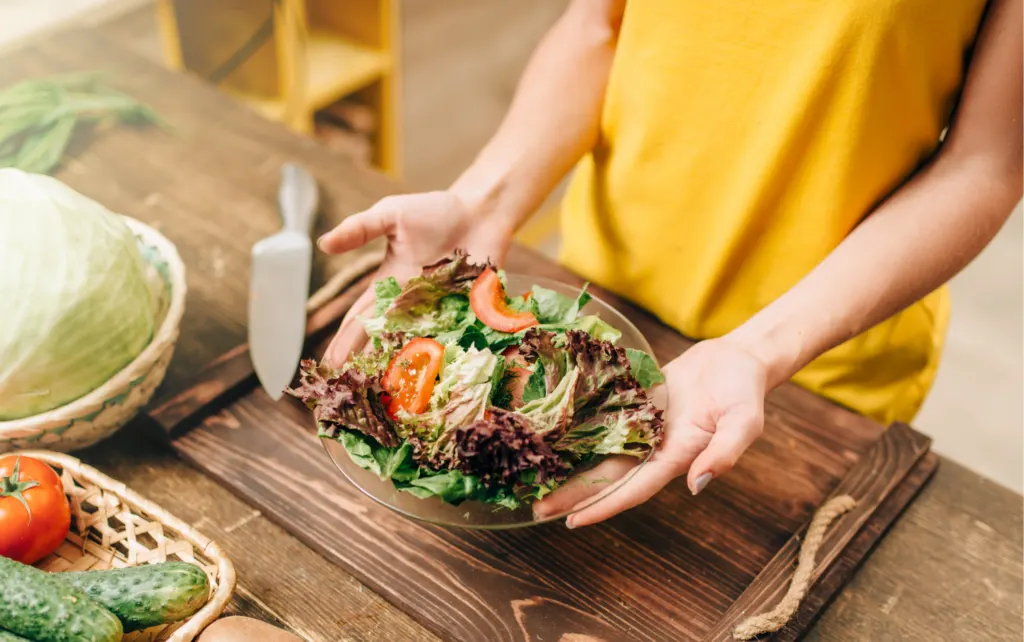
Family Guide on the Different Types of Additives in Our Food
You won’t walk away from this as an expert on the 10,000 different additives (most illegal in other countries).
But my goal is that you will have a general understanding of how to read labels, a little less trust in the food industry, and a better plan to keep your family healthy from harmful food additives.
Let’s look at the different types of harmful additives commonly found in our food.
Note: some of these ingredients may overlap over a few categories.
Preservatives
The purpose of preservatives is to prevent spoilage, bacterial growth, and other chemical processes that can spoil food.
However, many of the commonly used preservatives do way more harm than good. Some examples include:
- Potassium bromate: linked to increase risk of cancer and is banned in many countries. Found in bread and noodles.
- Sodium nitrite: can be toxic in high amounts and causes methemoglobinemia (a blood disorder)
- Nitrates and nitrites: linked to changes in the immune system and risk of cancers affecting the liver, pancreas, and digestive system. Found in processed meats.
- Carrageenan: Can cause ulcers and cancer. Found in dairy /gluten free products and nut milks.
- Polysorbate 60: Can cause cancer in laboratory animals
- Camauba wax: Can cause cancer and tumors
- Propyl gallate: A preservative used in vegetable oil, meat products, and chewing gum linked to an increased risk of asthma, hyperactivity, and cancer
The safest preservatives used in packaged food are generally natural preservatives, such as vinegar, citric acid, ascorbic acid, and rosemary extract. Other natural preservatives include salt, sugar, honey, clove, ginger, and nutmeg.
Artificial Colors
Colorants and artificial colors are added to food products to enhance or correct color. Artificial colors do not add any nutritional value.
These synthetic colors often added to items like candy, yogurt, chips, drinks, and much more and cause neurobehavioral problems in children:
- Red 40, Yellow 5, and Yellow 6: linked to behavioral problems in children.
- Blue 1 and Blue 2: linked to developmental delays and behavioral difficulties in animals.
- Green 3: linked to bladder and testicular tumors in male rats.
- Red 3: linked to cancer in rats.
While the FDA stands behind these additives being “safe”, they are banned in other countries and linked to many issues.
For example, studies have demonstrated that yellow 5 can lead to AHDH symptoms, other behavioral issues in kids, and that it is toxic to our DNA.
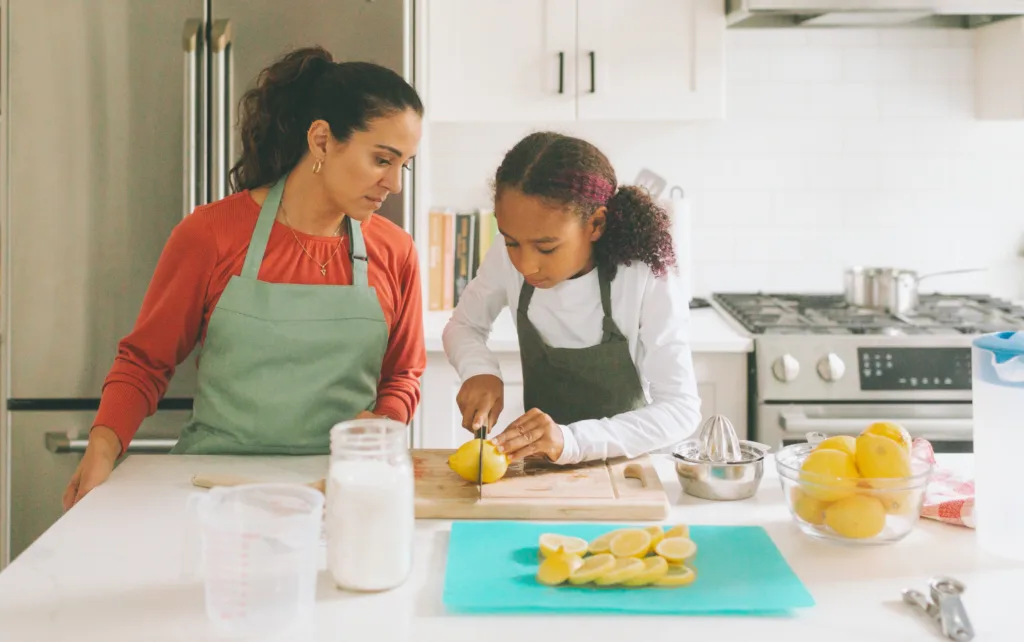
Stabilizers and Texturizing Agents
Stabilizers are added to food to add certain textures and improve how it feels in the mouth.
Some stabilizers include:
- Butylated hydroxyanisole (BHA): this stabilizer and preservative found in many processed foods, including chips and meats. BHA is a known carcinogen in California and an endocrine disruptor in the European Union
- Carrageenan: Known for its inflammatory properties and for causing stomach ulcers and other digestive upsets
- Azodicarbonamide (ADA): A dough conditioner and strengthener linked to an increased risk of cancer
- Calcium phosphates: linked to kidney issues
Emulsifiers
Emulsifiers are commonly added to foods to allow for a smooth mixture and to prevent separation.
They are found in products such as ice cream, baked goods, chocolate, margarine, nut butters, pre-made frostings and icings, and ready meals.
Emulsifiers have been linked to a whole host of health issues, including inflammation, cancer, cardiovascular disease, and increase in food allergies.
- Carboxymethylcellulose (CMC)
- Polysorbate-80 (P80)
- Carrageenan
Emulsifiers that are generally considered safe include lecithins,
Processed Oils
Refined oils are have been highly processed to make them more shelf-stable.
Unfortunately, refined oils are extracted using high-heat and/or toxic chemical solvents and may go through a deodorizing and bleaching process.
These commonly used oils are one of the major reasons for all the pain, inflammation, and brain issues we see in children and adults today.
- Hydrogenated oils: promotes inflammation, cardiovascular issues, and blood sugar issues
- Other Processed oils: including canola, corn, and vegetable oils – linked to inflammation and cardiovascular issues.
Avoid canola oil, corn oil, cottonseed oil, grapeseed oil, soybean oil, and sunflower oil. Consider some high quality oils of the following kind: olive oil, coconut oil, ghee, butter, and avocado oil.
Sweeteners
Artificial sweeteners are ingredients that are typically created in a lab to sweeten or enhance the flavors of foods or drinks.
Research has shown that consuming artificial sugar may actually be harmful. Side effects of artificial sweeteners may include things like weight gain, poor blood sugar control, and an unhealthy gut. They may also lead to certain cancers (which is a debated subject).
These are linked to obesity, cardiovascular disease, non-alcoholic fatty liver, inflammation, cancer, and more.
- Artificial sweeteners: sucralose, aspartame, saccharin.
- High fructose corn syrup: processed to contain a higher proportion of fructose than regular corn syrup
Stick with natural sugar – and in moderation!
Print this as a reminder and read on for tips to improve family health (click here for free and instant download):
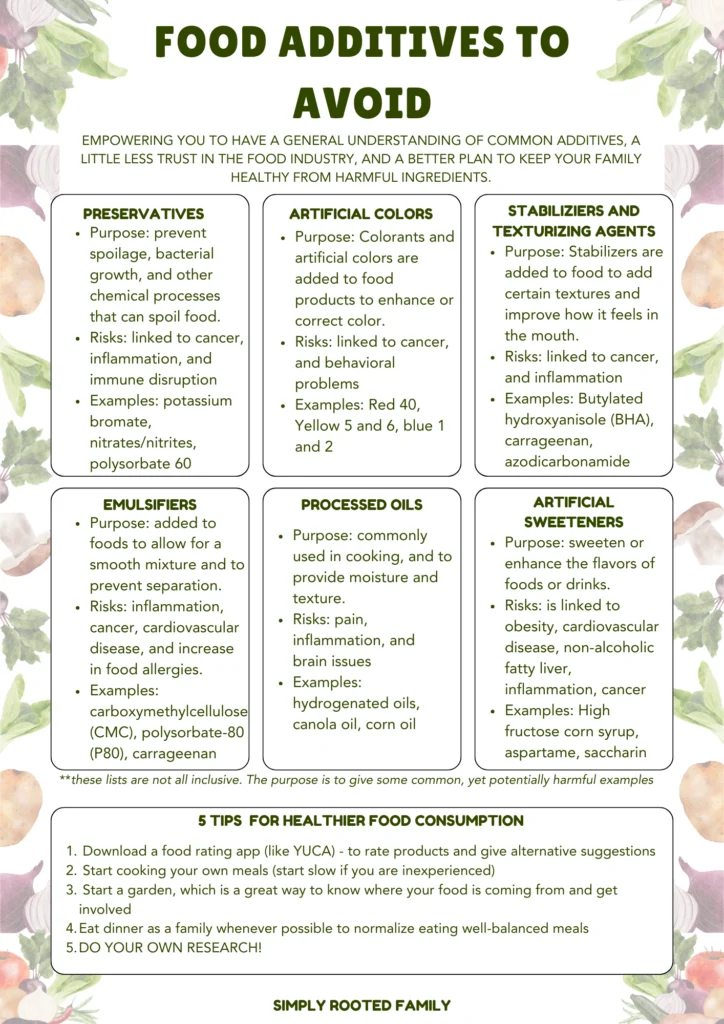
So, What CAN You Eat?
Overwhelmed?
Luckily there are some super easy steps to take to begin cleaning up your diet.
1) Download a Food Rating App
My journey actually started when a friend recommended the YUCA app to me (no, I am not affiliated or sponsored by them!).
This APP takes the guess work out of reading and understanding all the complex ingredient lists.
At the grocery store, we just scan labels and food is rated on a scale of 0 to 100. You’ll be surprised to learn that items like Cheerios and Ritz crackers are terrible for your family. It also gives alternative suggestions for each item.
2) Start Cooking Your Own Meals
The easiest way to be sure that your snacks and meals have clean ingredients is to make them yourself.
I know it can be difficult for busy parents and individuals to make homecooked meals. However, start small. For example, start making your own chicken nuggets. Or – make and freeze a batch of homemade waffles instead of reaching for the Egos.
Related: How to Return to Your Roots
3) Start a Garden
Get the entire family involved with a backyard garden. When kids grow the food on their own they are more likely to give new foods a try.
Items like raspberries or tomatoes are a great place to start!
4) Eat Family Dinners Together
Not only do family dinners promote quality family time, they are great time for a healthy meal.
When you realize how important family dinners are, you will get excited to spend the extra time to make a worth-while meal and sharing it together.

5) Do Your Own Research
Unfortunately, there is a lot of conflicting information out there when it comes to the additives in our food.
Especially when the FDA says something is safe, but other studies show that not to be the case.
It’s up to you to take the time to learn what additives to avoid like the plague. Find trustable sources and studies and don’t believe every article you read.
Final Thoughts: A Family Guide on Food Additives
Remember, the goal isn’t for you to be an expert on the risks of azodicarbonamide or what type of additive propyl gallate is.
But I am hoping that you now have a general understanding that there are unnecessary and toxic additives in most foods.
Also, and most importantly, you realize that you have to proactively take your family’s health in your own hands.
If you walk away with this (and a little less trust in the food industry) then I did my job here.
For more tips on raising kids that are healthy at home and strong in the world follow us on Facebook.
You may also like: How to Romanticize Your Life
